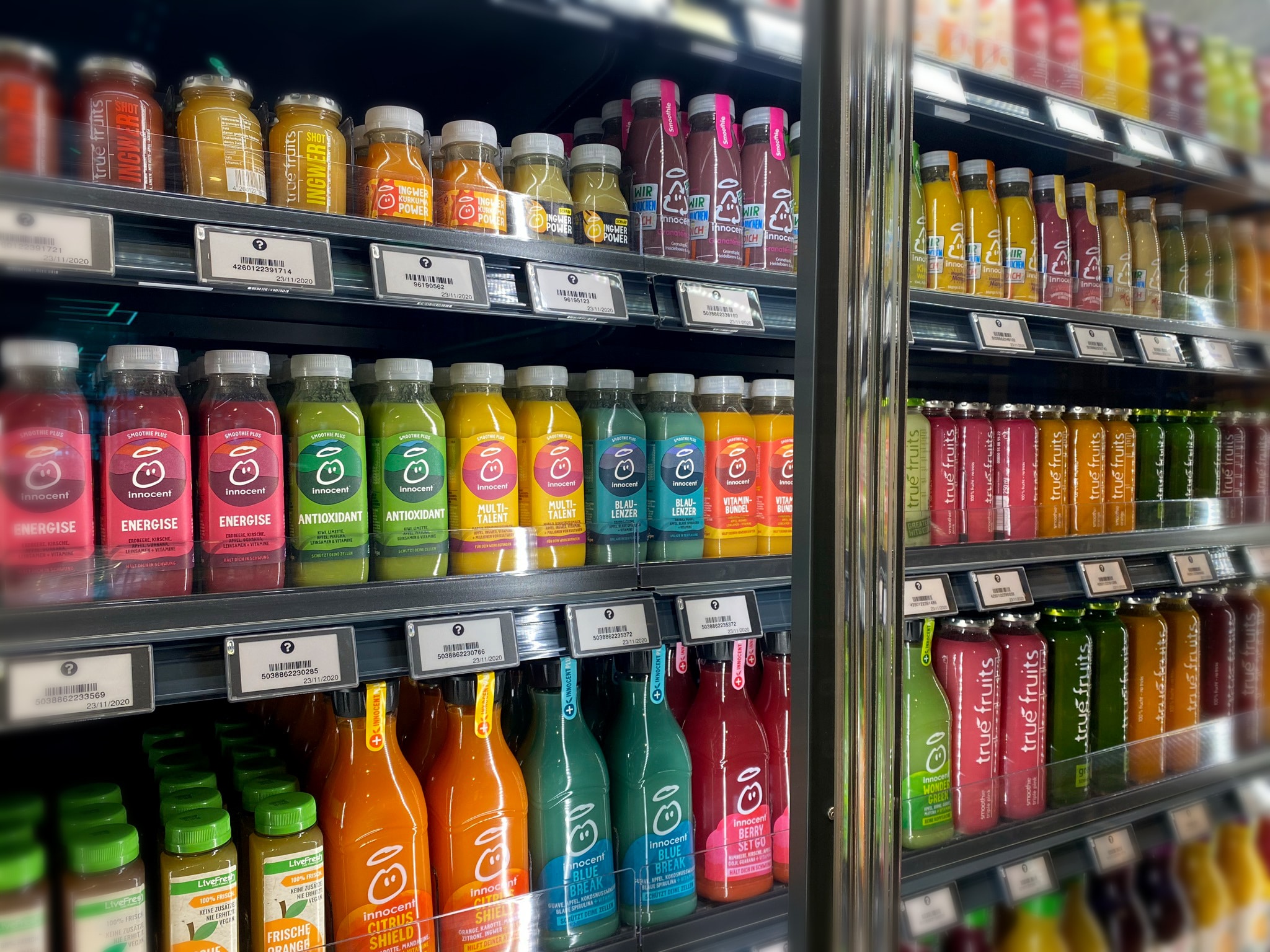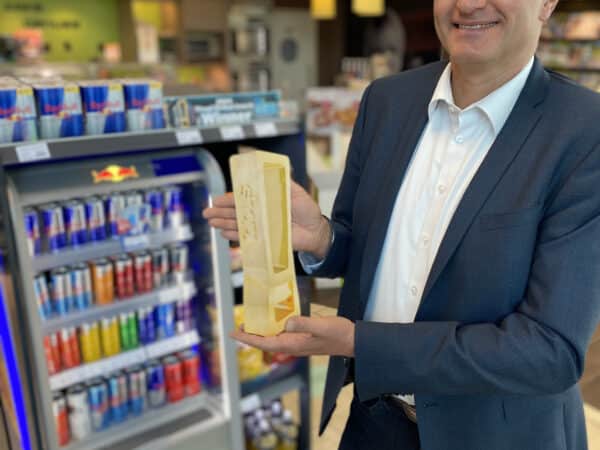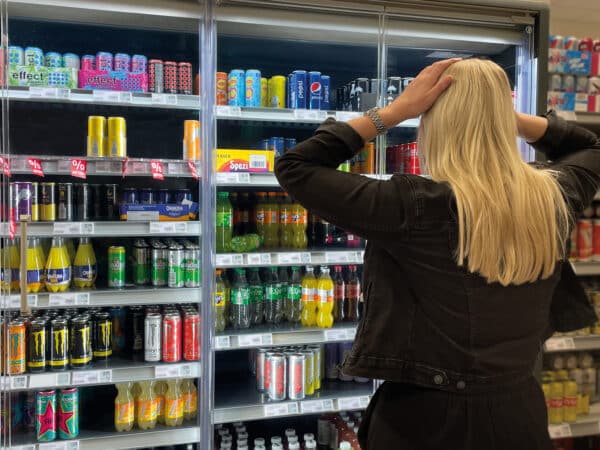Draw the full potential from your freshness category
Bad Salzuflen (bre). Did you know that smoothie consumption in Germany alone amounted to 55 million liters in 2018 ? This number is impressive. Especially compared to the values from 2007. Because it was just 24 million liters. The market for healthy as well as vegan and vegetarian nutrition is booming and with it the variety of products on the fresh food shelf.
This new awareness of a healthy and balanced lifestyle and diet also lets the freshness category shine in a new light. In the past there was a fruit and vegetable department and perhaps a convenience corner as well, but a look at the current design of the fresh food category shows that a transformation has taken place here. Large shelves with an unprecedented variety of fruit and vegetable juices, vitamin shots and smoothies are presented to customers. And these customers are not only to be found in a specific target group. According to Statista, the sales shares are divided between three consumer groups : Older families without children and single seniors make up the largest share at 26 percent. Followed by young singles with 25 percent. Just behind them young families and couples with children. (after all, still a share of 23 percent). And how do these consumers access it? Here, too, the numbers are clear.
“Almost 60 percent of those surveyed said they spontaneously opted for a ready-to-drink smoothie.”
This impulse purchase is the incentive to think completely new about the design of the fresh food shelf. If the customer finds his product immediately and it is presented to him in an attractive way, the impulse to buy can be positively influenced and even strengthened . On the basis of this knowledge, considerably more potential can be leveraged from the freshness category . And that also applies to second placements.
Don’t leave the potential of your category untouched.
With POS TUNING you have the competent partner at your side to increase your sales and minimize costs for shelf maintenance.
What does that mean? The use of push feed systems presents the product where it should be perceived by the customer : at the front! The uniform presentation of the variety of products is not only visually appealing. Overview and order are decisive factors in the purchase decision. A spontaneous purchase can only be made if the customer actually finds his product. This means that all products must always be within easy reach in the first row — regardless of whether they are on the fresh produce or drinks shelf . This “Best Place” is guaranteed with the use of product feeders . The automatic front presentation also eliminates the constant pulling of the goods . This saves time and money .
Another argument for using automation solutions is to avoid out-of-stock situations . A customer who spontaneously decides to buy a smoothie makes this decision in milliseconds. If he cannot find his product or, in the worst case, if it is not available, i.e. out of stock, the purchase is canceled. Push feed systems offer the best solution for this, because the permanent front presentation means that gaps in the shelves are noticed more quickly and can therefore be corrected promptly .
With the connection to a digital cloud-based goods management system , even sales figures can be collected. The knowledge that results from this opens up completely new possibilities for the retailer. Time and place of sales can be assigned and evaluated. The data collected can have a significant influence on location issues or product range decisions.




